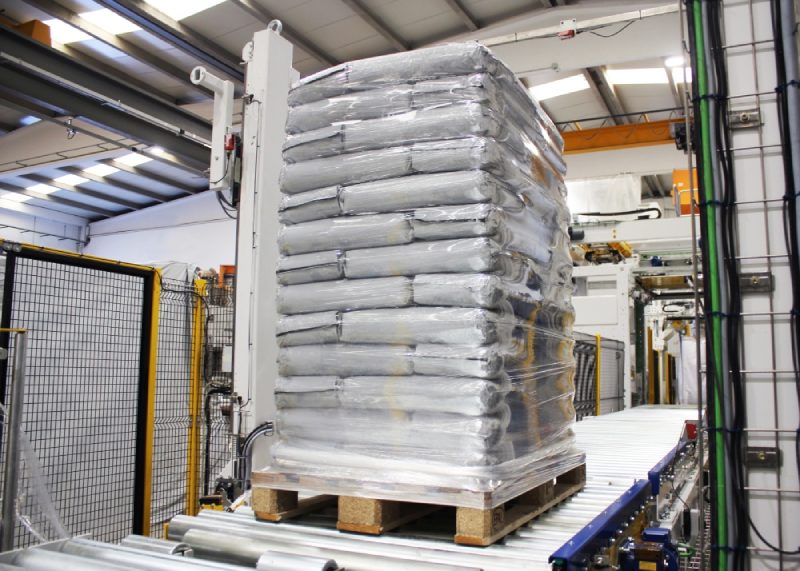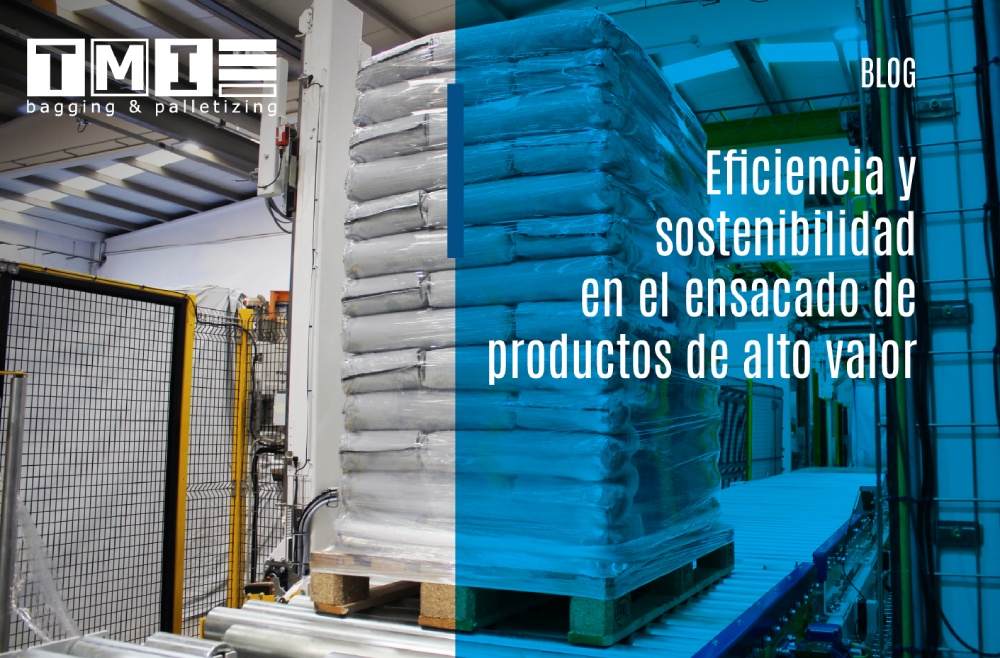Mantener la calidad y sostenibilidad de tu producto sin reducir márgenes ni realizar grandes inversiones para competir en el mercado es un desafío común. La tecnología avanza, pero no siempre hay una fórmula mágica Maintaining the quality and sustainability of your product without reducing margins or making significant investments to stay competitive is a common challenge. Technology is advancing, but there is no magic formula for optimizing processes. In this blog, we focus on the most common concerns when bagging high-value-added products and the technical solutions that can mitigate these challenges, all while improving efficiency and sustainability.
OPTIMAL WEIGHING: EVERY GRAM COUNTS
In an environment where raw material costs are rising and sales margins are shrinking, weighing precision is crucial. In sectors such as food and polymer manufacturing, 100 grams of product wasted per bag can result in significant economic losses. Here, the precision of the bagging machine is essential. Gross weight weighing systems, although slower, offer greater precision and ease of cleaning, which is vital to avoid cross-contamination and optimize the bagging of technical products such as polyamides, compoundings, and masterbatch.
We delve deeper into the topic of bagging polyamides, compoundings, and masterbatch, as well as the technical aspects to consider when installing a bagging machine, in the next blog .
SUSTAINABLE PROCESS: BEYOND THE PACKAGING
Efficient bagging is key to reducing waste and promoting more environmentally friendly material handling, aligning with sustainable practices. It’s not just about reducing the size of the packaging but improving sustainability throughout the entire bagging process. Additive manufacturing, or 3D printing, has allowed for the production of lighter parts that reduce energy consumption and extend the life of components. Additionally, the ability to manufacture on-site by sending digital files instead of physical parts reduces the carbon footprint.
For plants handling numerous batches, an agile and adaptable bagging system is essential to minimize downtime. Bagging machines designed with hygienic finishes and “tool-less” concepts, which allow for quick and tool-free cleaning, optimize production and reduce downtime. Automated or assisted CIP (Clean-In-Place) systems further contribute to this efficiency. You can learn more about all its advantages in the next article.
EFFICIENT LOGISTICS: ANTICIPATION AND PROTECTION
When addressing technical solutions for the end of the line, it is crucial to consider logistical needs. It’s important to think about additional pallet protection, beyond the use of plastic, to prevent unexpected costs and ensure that the end of the manufacturing process is as sustainable as possible.
- Selecting the right bag: Choose a bag that preserves the product’s properties and is compatible with bagging technology that correctly extracts air from the bag. Whatever bagging technology is applied (manual, automatic, or FFS bagging machine), it’s important that the bag’s sealing system is reliable.
- Load stability: Proper air extraction from the bag and the right palletizer ensure that palletized loads are more stable, reducing incidents during transport and, therefore, waste and returns. This is achieved through heat-sealing systems with air extraction nozzles, like the one you can see in this video. Additionally, this system eliminates de-aeration valves, which increase the cost of consumables.
- Pallet protection: Protect the pallet laterally with film and cardboard to prevent damage throughout the entire handling chain of your goods and minimize returns. At TMI, we have developed the ILERBOX system that protects the pallet with corrugated cardboard from a roll to prevent bag breakage due to forklift impacts. This load protection system replaces the use of the pallet box, reducing consumable costs and storage space.
The bagging of solid products continues to evolve with technological advances. The incorporation of automated techniques and advanced monitoring systems continuously improves the efficiency and accuracy of the process. Additionally, the trend towards sustainability drives the development of more efficient and environmentally friendly bagging methods, reinforcing the industry’s commitment to the environment.



